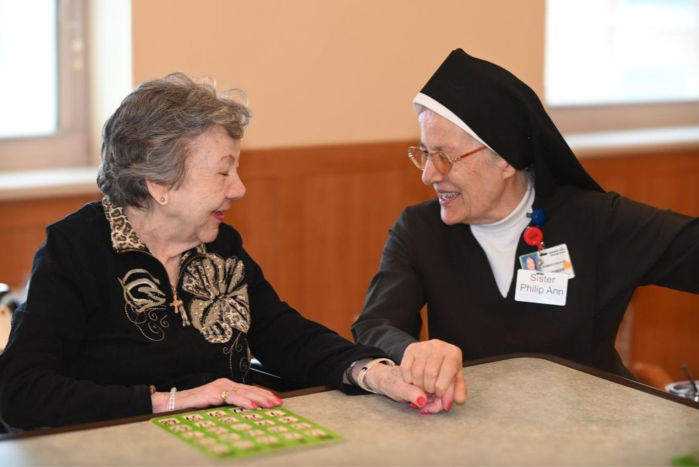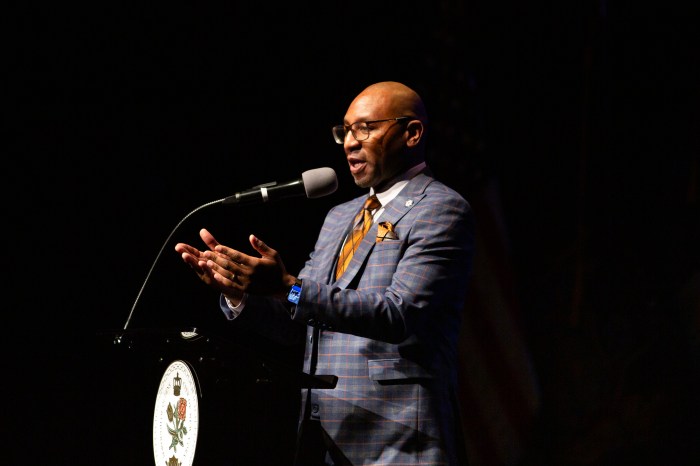By Kenneth Kowald
I do not remember when I first heard the word “obesity.” It was not around when I was a fat kid.
In those days, if your family and friends did not want to call you fat, they said you were “pleasantly plump” or “big-boned.”
Nonsense. You were fat. I was a fat kid.
My mother was not much of a cook. When she married my father, his sister, my aunt Maud Gallagher, taught my mother the dishes my father liked. With a German background on both sides of his family, my father liked meat, potatoes and gravy.
There was an economic background to this as well. If you could serve meat on many days of the week, it meant you were prosperous enough not to be in the lowest levels of poverty. You might not be middle class, but you were not poor. You did not have it only on Sundays or holidays.
Vegetables were fresh, but only on occasion. Salad was tomatoes and lettuce. Vegetables were cauliflower and cabbage, sometimes canned peas and carrots — sauerkraut, of course. Bacon and eggs were usually part of breakfast, but my mother did make her own oatmeal — no packets then. Butter was a big thing, as was bread — no margarine. We liked desserts.
My father liked his beer, usually at the local saloon on 57th Avenue and Van Horn Street, then called My Lady’s Tavern. My mother was not a beer drinker.
I do not remember cafeterias or lunchrooms at my elementary school in Elmhurst, JHS 73 in Maspeth or Newtown High School. You brought a sandwich for lunch from home and went to a candy store for a soda.
The Kowalds have a tendency to be heavy. When I was about 13, I was not only overweight, I was having trouble breathing properly.
Our family doctor put me on a severe diet. It worked.
When I went into the U.S. Army, I weighed 148 pounds. After eight weeks of basic training, I was down to 128 pounds and I think I never felt better.
Over the years, I have had to check my appetite. I like to eat and drink. When pushed, I try to count calories, but I have been a bit more than 200 pounds on occasion. I try to stay around 160 pounds and I am aware of my weight most of the time.
The point is not about DNA or genes, but about the home environment. It has been estimated that almost two-thirds of American adults and one-third of children are overweight or obese. During the last 30 years, the average weight of Americans increased by 20 pounds.
I applaud schools that have tried to serve wholesome, less-fattening food to their students, but that is only part of the solution.
I think the main answer to obesity in our country is to get parents to serve wholesome foods at home and to avoid those foods and drinks which add to the obesity problem. This is a personal matter, but considering the health problems presented by obesity, it is a problem all of us should be concerned about because health care costs come out of the pockets of every American.
You and I are paying for the health damage done by poor nutrition. All of us should be speaking up about it and doing something about it.
First Lady Michelle Obama’s campaign should be applauded and encouraged by everyone. I think community groups, especially religious organizations in many of the poorer parts of our nation, should be at the forefront of this movement. The demographics of obesity are well-known.
I support Mayor Michael Bloomberg’s efforts and those of the Disney Corp. to cut obesity.
Do not demean obese people. Help them. It can be done. It should be done. Indeed, for the sake of all of us, it must be done.
This may also be a national security matter. In 2010, almost 48 percent of men and almost 55 percent of women failed the military fitness test.
For New Yorkers, there is some good news. Because many of us use our feet to get from here to there and back, we weigh on average 6 to 7 pounds less than suburbanites, who do not walk much on a regular basis. In many places, there are no sidewalks to walk on. This news is based on a study by the University of California, Los Angeles.
This is no excuse for not watching those calories — every one of them — and the cost that comes with them to all of us!

































